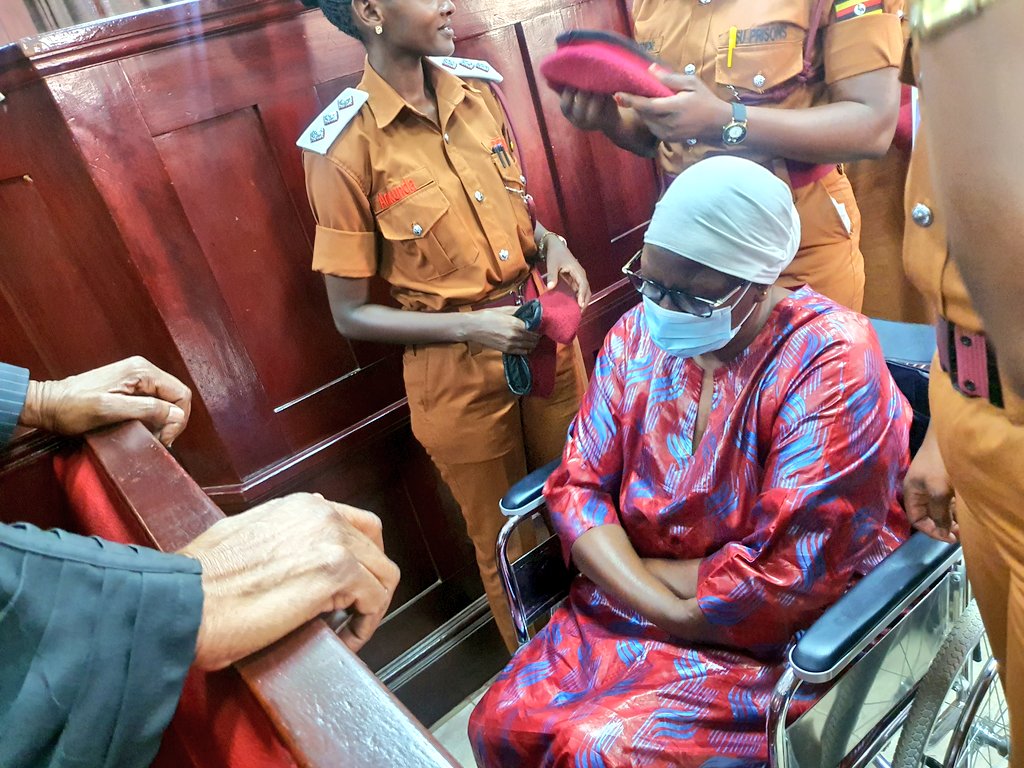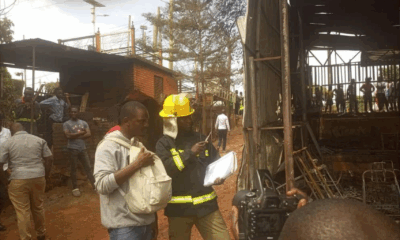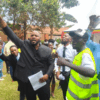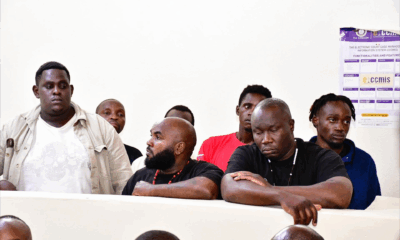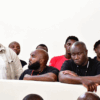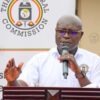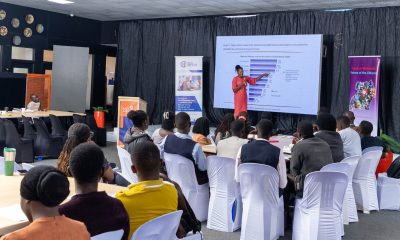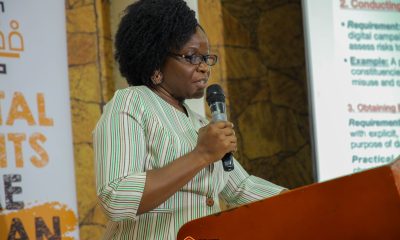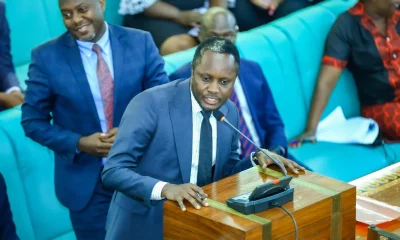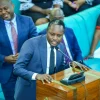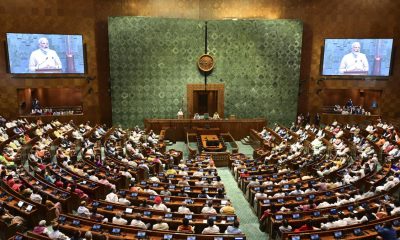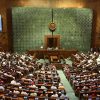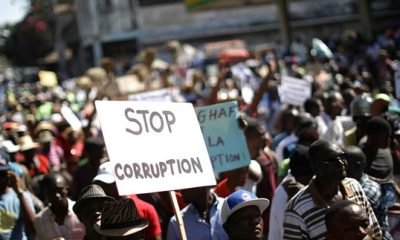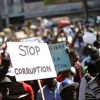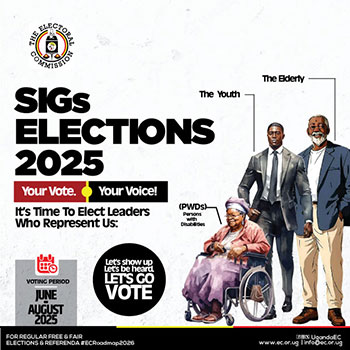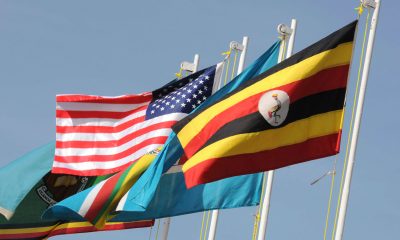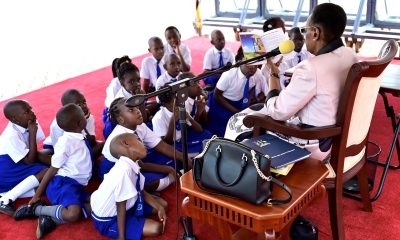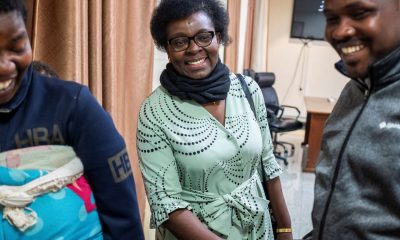Analysis
Katanga Murder Trial: A Web of Doubt and Deception
The courtroom was filled with an electric tension as the High Court hearing resumed on Tuesday, where a series of bombshell revelations continued to shape the murky narrative surrounding the tragic death of Henry Katanga. The day’s events centered on the testimony of Police Ballistics Expert Nasawali and the crucial statements of the 11th state witness, both of whom would play pivotal roles in unraveling the mystery of Katanga’s death.
Nasawali’s testimony was crucial, as it directly influenced the defense’s strategy. Clearly and methodically, he recounted his findings, emphasizing the impossibility of the deceased having shot himself under the given circumstances. His words echoed through the court as he stated unequivocally that, considering Molly Katanga’s injuries—broken index fingers and fractures in both arms—it was highly unlikely she could have fired the fatal shot.
“I do not have enough information to determine whether this was a suicide or homicide,” Nasawali had earlier conceded when pressed by the defense. His admission did little to calm the atmosphere in the courtroom, and what followed would be a tense back-and-forth, unraveling inconsistencies that would cast doubt on the entire investigation.
The defense lawyer, Elison Karuhanga, wasted no time in attempting to poke holes in Nasawali’s testimony. He began by asking a seemingly simple, yet pivotal question: “If there was only one bullet fired, could this not have been a suicide?”
Nasawali, though steady in his response, made it clear that his expertise did not extend to definitively concluding either way. “Given the injuries sustained by Molly Katanga, it is highly improbable she could have fired the gun, but there is not enough evidence to rule out the possibility of a suicide,” he explained.
Karuhanga pressed further, his voice sharp with skepticism. “But if Henry Katanga didn’t fire that bullet himself, why was there only one bullet? Doesn’t this raise doubts about your theory of a homicide?”
Nasawali, composed, reiterated his position, but the defense was relentless. “The absence of further bullets could be circumstantial,” Karuhanga pointed out, suggesting that a suicide scenario could not be immediately ruled out, despite the evidence of Molly’s injuries.
This line of questioning seemed to ignite the already charged courtroom atmosphere. Forensic inconsistencies began to emerge as the defense hammered on each point. Karuhanga swiftly brought attention to the fact that the toxicology report was inconclusive, casting doubt on the presence of gunpowder residue at the crime scene. He noted that gunpowder could also be found in various everyday items such as perfumes, body lotions, and gloves, an argument that weakened the prosecution’s claims of traces linking Molly to the crime.
Furthermore, the defense questioned the reliability of Nasawali’s testing procedure. They pointed to deviations from the 2023 crime scene procedure manual—a point that was further complicated by the testimony of Nasawali’s superior, Andrew Mubiru, who had previously affirmed that the police followed the manual to the letter. Nasawali, however, dismissed the manual as outdated, an explanation that only deepened the fog of uncertainty surrounding the case.
But perhaps the most alarming revelation came when the defense highlighted the results of two forensic swabs, labeled M2 and M3, which were supposed to yield identical findings. Instead, they presented divergent results, an inconsistency that could not be easily ignored. “If these swabs were meant to be identical replicas, how could they yield different results?” Karuhanga demanded, his voice rising with indignation. The defense argued that such contradictions undermined the entire forensic foundation of the prosecution’s case.
The prosecution was on the back foot, attempting to salvage Nasawali’s credibility and the integrity of their forensic evidence. Yet, the defense was unforgiving. In a final, dramatic move, they called for the court to throw out all the forensic evidence provided by Nasawali. They argued that the expert witness had been appointed without legal authority, as he had not been formally appointed by the minister through a statutory instrument, a requirement under the law.
A stunned silence fell over the courtroom as Nasawali, under oath, admitted that he had not been appointed according to the necessary legal procedures. The defense quickly seized on this, citing Section 43 of the Trial and Indictments Act, which called for the dismissal of all evidence provided by Nasawali. This pivotal moment threatened to unravel the entire prosecution case, raising serious questions about the legality and legitimacy of the investigation.
As the tension in the room reached a boiling point, the prosecution scrambled to mount a defense of their key witness. They requested an adjournment to allow time to re-examine Nasawali’s testimony and further investigate the legal questions surrounding his appointment. With the court now plunged into uncertainty, the fate of Molly Katanga—and the truth behind her husband’s death—remained hanging in the balance.
The stage was set for what would surely be another dramatic session the following day. Would the prosecution manage to salvage their case, or had the defense exposed fatal cracks in the investigation? The answer lay just beyond the reach of this day’s revelations.
Comments



